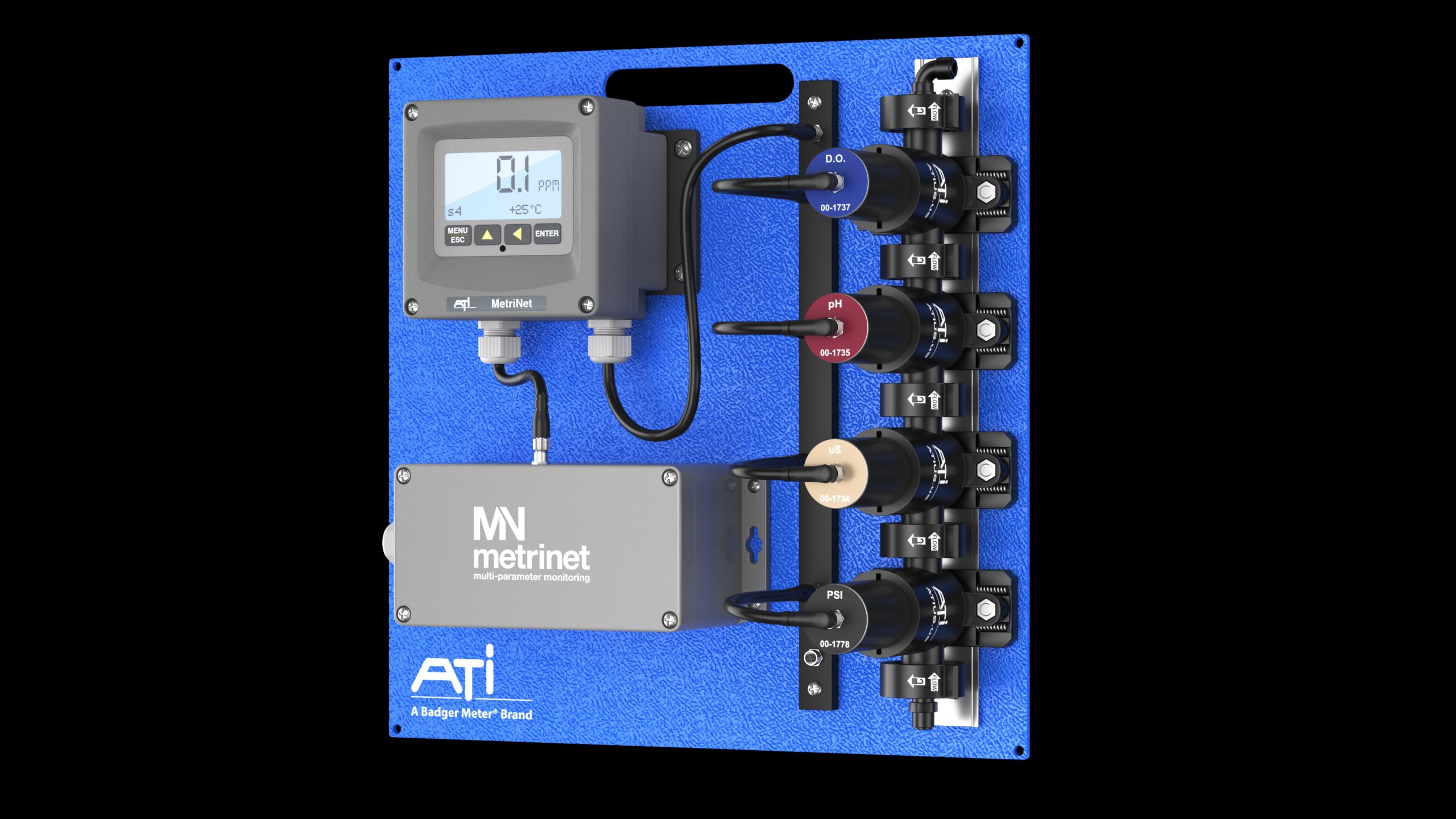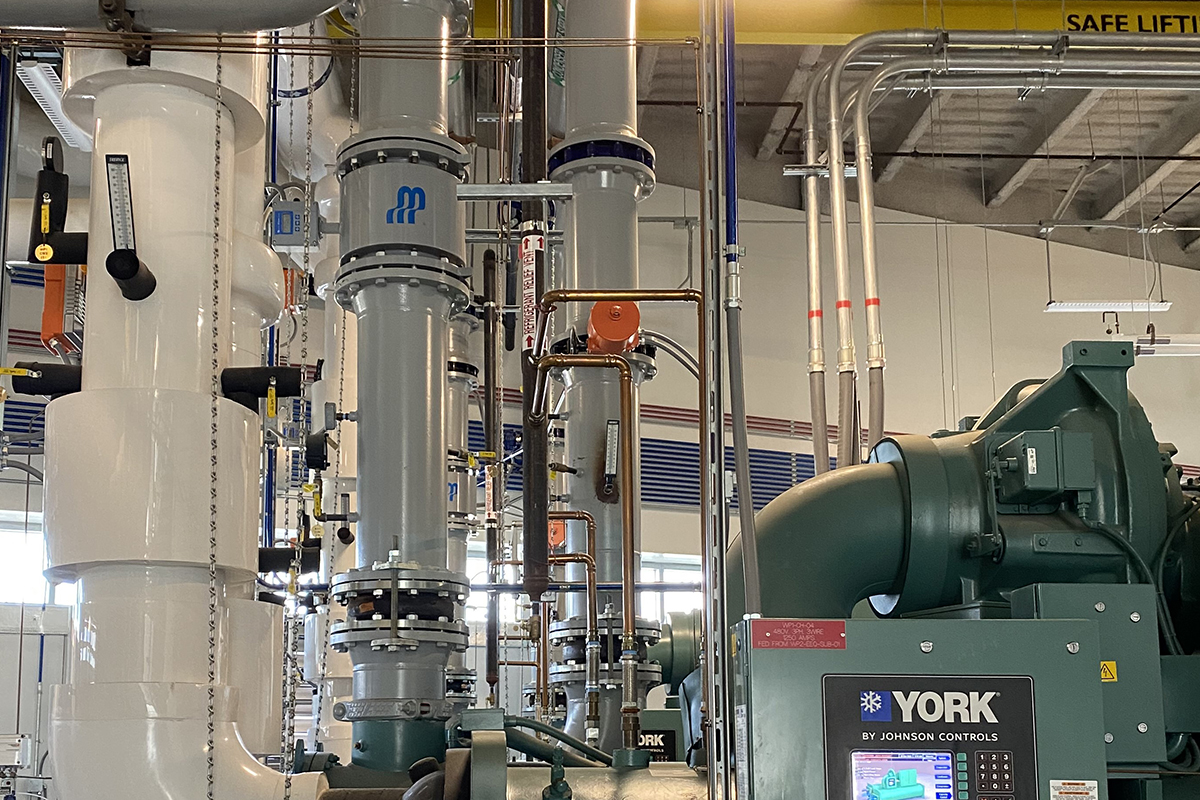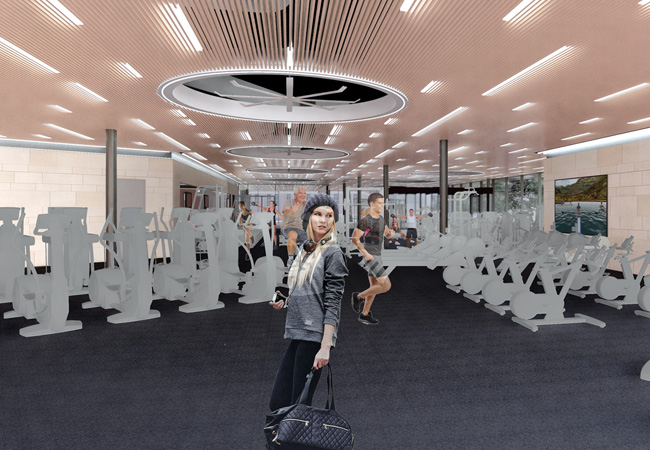
In a quest to deliver comfort for active occupants of fitness suites, very low temperature set points are often prescribed as a simple way to help people lose heat.
Sport England design guidance1 suggests 16-18°C. However, supplying active cooling to deliver these temperatures can result in very high energy use, and, as this article will explain, it often fails to deliver comfort for the occupants.
To explain the shortcomings of using lower air temperatures to cool exercise space, it is necessary to look at physiology and human heat loss.
Engineers at Max Fordham have been exploring the topic for some time. I was aware of the issue while training for the University Boat Race when I was studying environmental design.
The University of Portsmouth’s new sports facility designed by FaulknerBrowns Architects gave Max Fordham’s engineers an opportunity to explore ways of improving comfort. Targeting Breeam Outstanding and exemplary operational energy performance, this project is also following BSRIA Soft Landings.
The theory
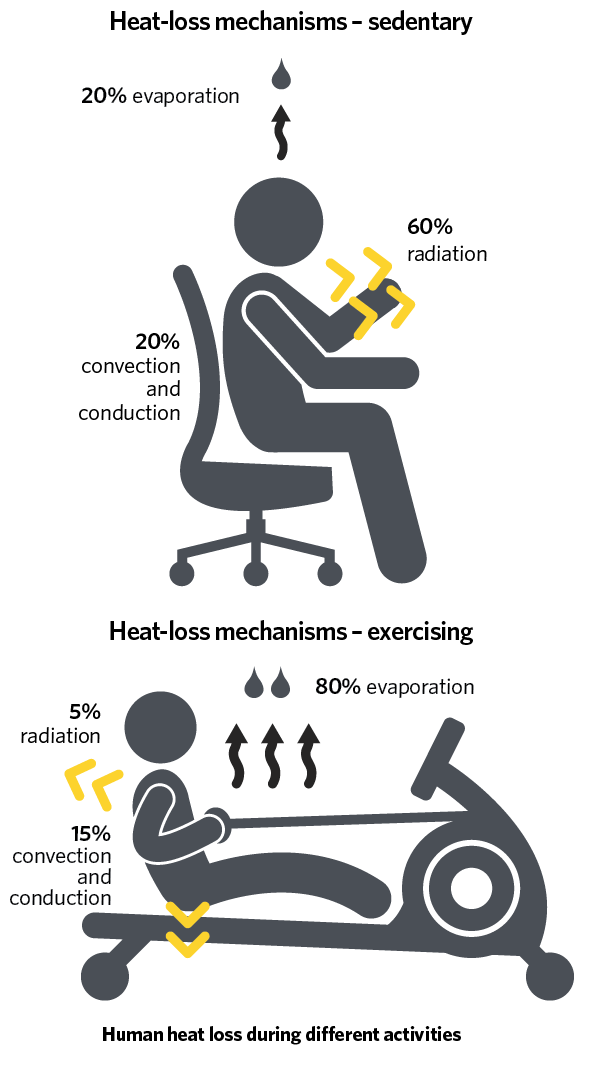
When we exercise, the body’s heat-exchange mechanisms are different from when we are sedentary, yet this is not reflected in current design guidance for fitness spaces. When we are sedentary, radiation is the primary mechanism of heat exchange, but as exercise intensity increases, convection, and then evaporation, become the dominant modes of heat loss.
Convective and evaporative heat transfer are both significantly increased by air movement. At lower-to-medium exercise intensities, convective heat transfer is significant. Evaporative heat loss by sweating doesn’t occur until sensible heat-loss opportunities afforded by convection and radiation become ineffective – perspiring is a physiological response to inadequate sensible heat transfer.
Once this occurs, the body’s only mechanism for further heat loss is increased sweat production. The effectiveness of this mechanism is limited by the surrounding air’s relative humidity and velocity.
Maximising air movement should be a priority for the environmental design of fitness spaces, as it boosts our ability to use heat through convection and evaporation. Cooling a space doesn’t maximise evaporation as it raises the relative humidity. The higher the temperature, the more water the air can carry. Lowering the air temperature reduces the amount of water that can be absorbed. The more humid the air, the less sweat can be absorbed, and the more uncomfortable exercise becomes.
Simple dehumidification of the space is energy intensive as a lot of moisture is released into the air as people exercise. Maximising movement of air is the least energy intensive way of maximising evaporation as well as convection.
At the University of Portsmouth, Max Fordham and FaulknerBrowns have designed the fitness suite to maximise evaporation and convection by generating air movement through large ceiling fans with four-pipe fan coils integrated into a timber-slatted ceiling. This saves energy, as well as improving comfort.
Through the aftercare period, Max Fordham will assist the University of Portsmouth in establishing the optimum set points for cooling and air movement. This will improve occupant comfort while reducing air conditioning loads.
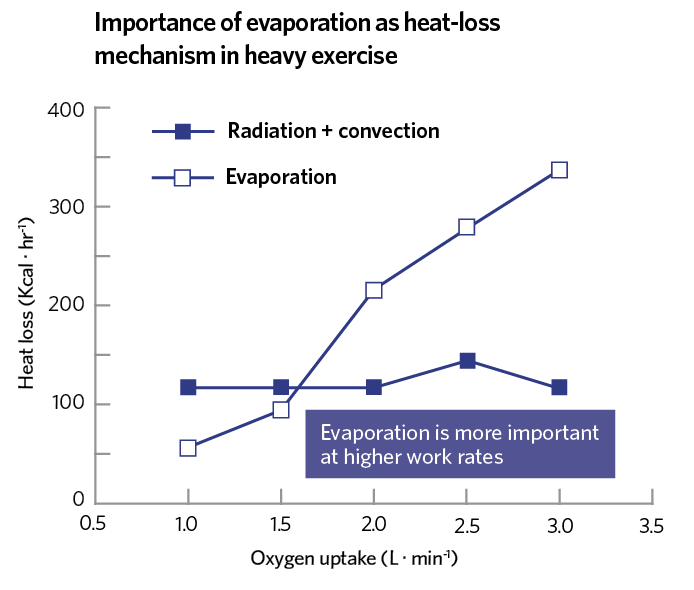
We estimate that increasing air movement in fitness suites, as opposed to relying on a lower temperature set point, will result in a 10% reduction in energy use in peak summer conditions.
We believe that designing a fitness suite to maximise convective and evaporative heat loss, will result in an ambient temperature that optimises comfort for a range of exercise intensities. Sedentary users will be more comfortable too, as relative humidity will be 20% lower than in the cooler regime and the higher set point will make it warmer.
The higher air speed will have the strongest cooling effect on those who are perspiring the most. So, an exercise space set up to maximise convection and evaporation will offer the biggest cooling effect to the people who need it most.
The project will have two years of post-occupancy evaluation and aftercare. This will allow us to fine-tune the fitness suite regime to obtain the best balance between comfort and energy reduction.
Henry Pelly is a sustainability consultant at Max Fordham
References:
- Sport England Design Guidance Note for Fitness and Exercise Spaces March 2008 Revision 002, Table 5.0 Building Services Environmental Requirements




